-
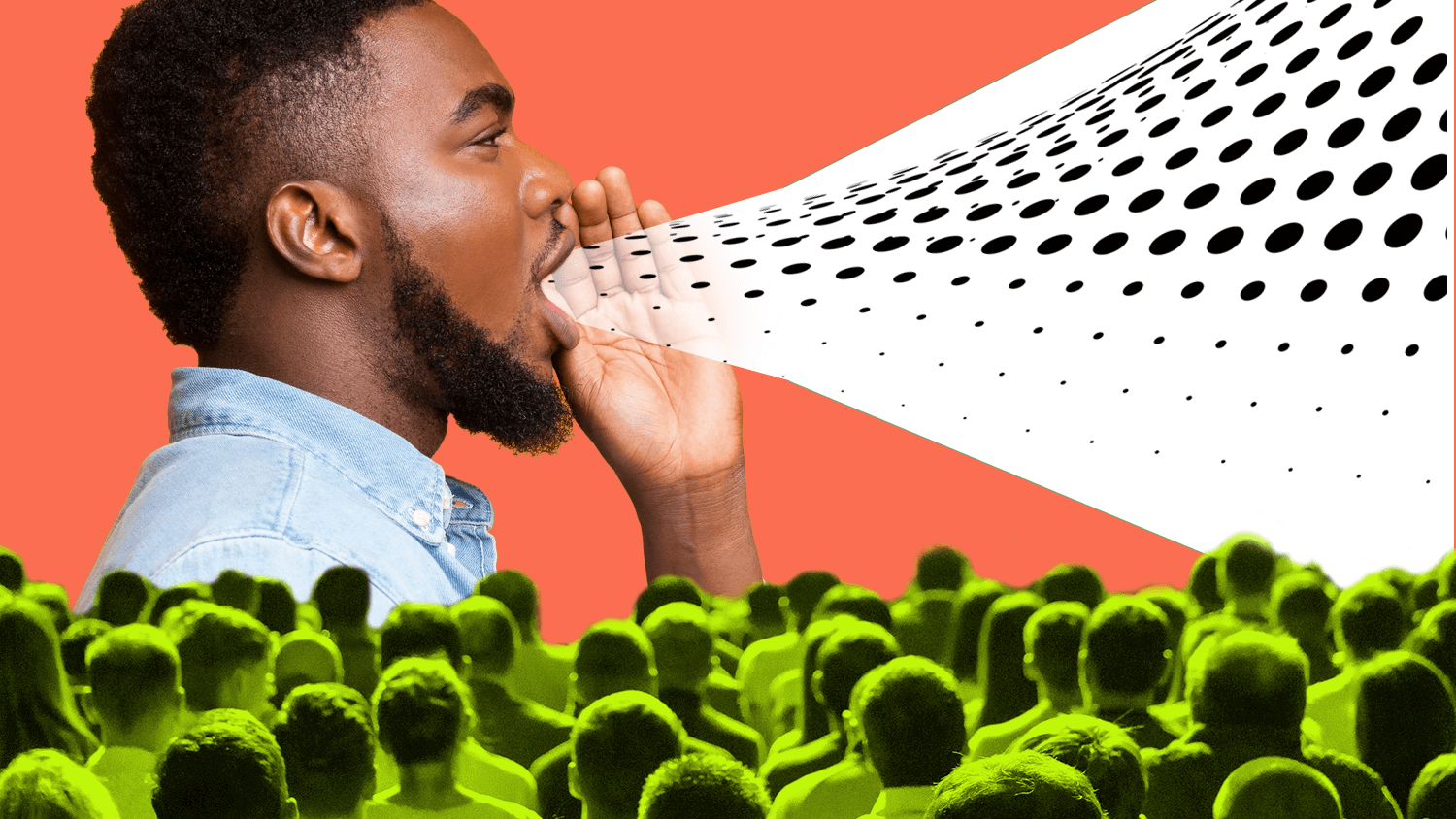
St. Petersburg, Fla.
Power of Diverse Voices: Writing Workshop for Journalists of Color (2024)
November 12, 2024– November 15, 2024Tom Huang
$0.00 -

St. Petersburg, Fla.
Leadership Academy for Diversity in Media (2024)
September 9, 2024– September 13, 2024Kathy Lu
$649.00 -
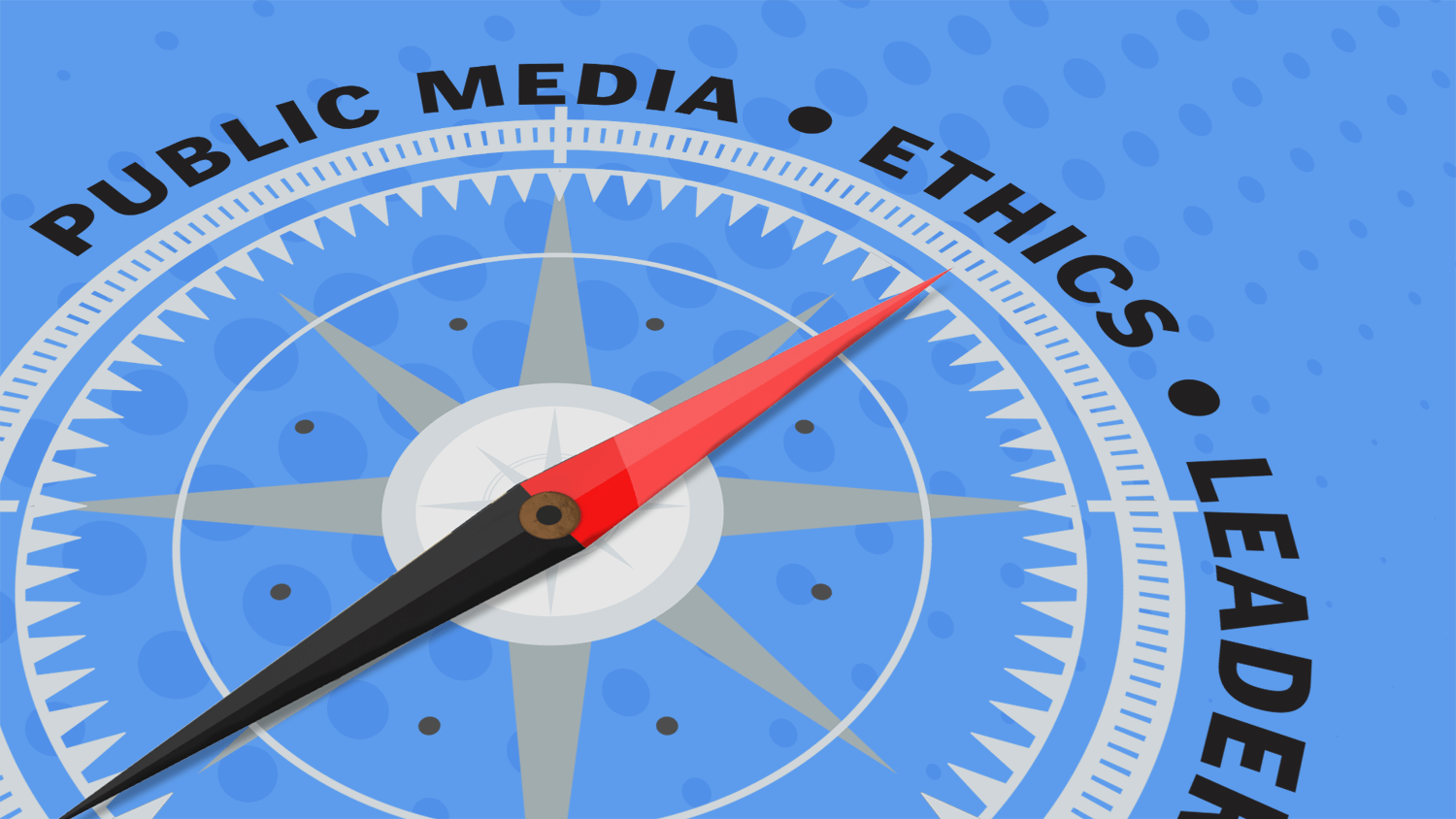
Online, St. Petersburg, Fla.
Editorial Integrity and Leadership Initiative (2024-25)
September 16, 2024– April 13, 2025Sitara Nieves
Tony Elkins
$0.00 -
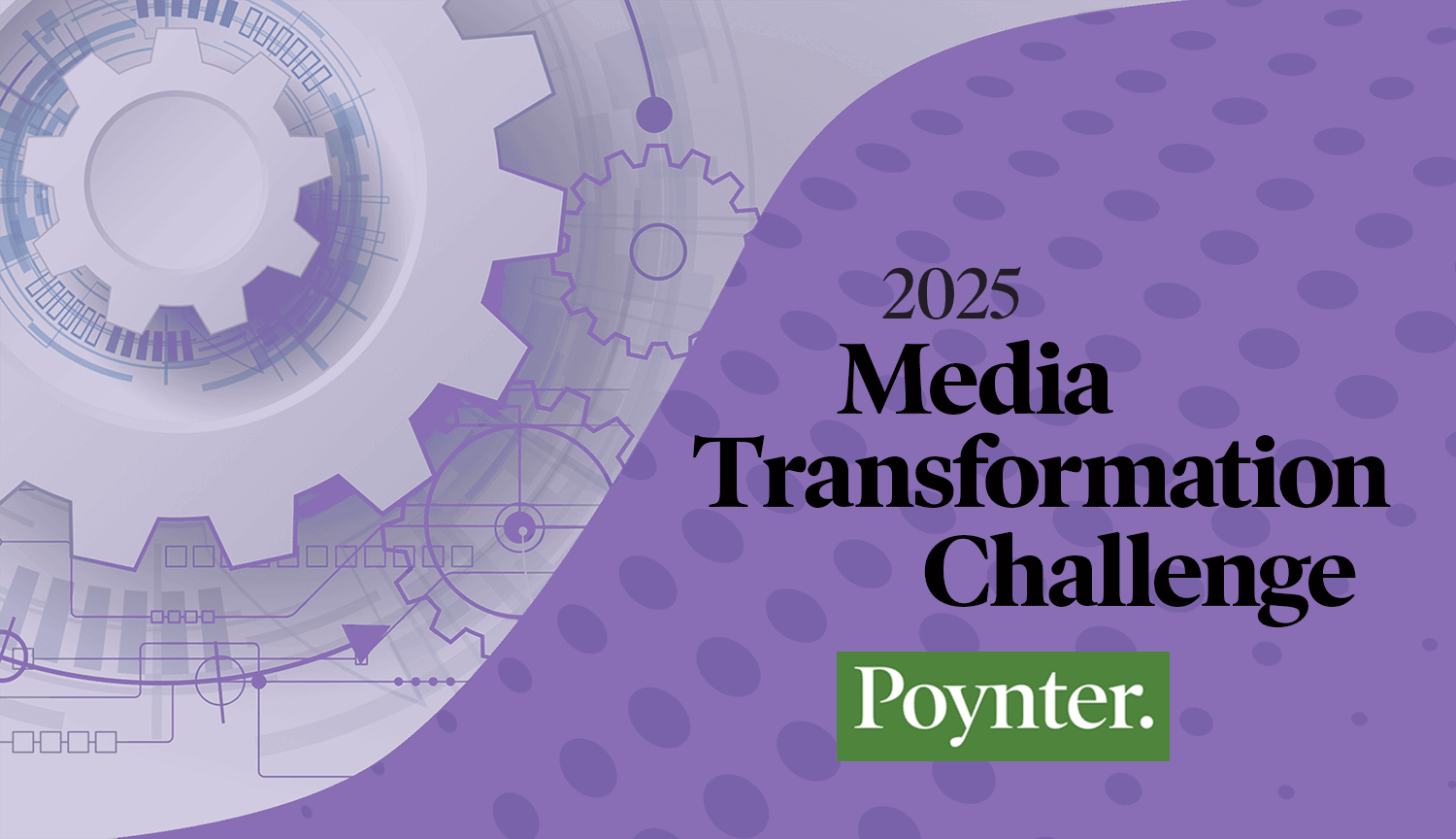
Online, St. Petersburg, Fla.
Media Transformation Challenge: A Poynter Institute Executive Fellowship (2025)
January 13, 2025– January 12, 2026Charlie Baum
Amanda Barrett
Karen Gordon
Doug Smith
Benjamin Wagner
$29,750.00 -

Online, St. Petersburg, Fla.
Poynter Producer Project (2024)
June 4, 2024– September 10, 2024Kerwin Speight
$799.00 -

St. Petersburg, Fla.
Essential Skills for Rising Newsroom Leaders (December 2024)
December 2, 2024– December 6, 2024Tony Elkins
$1,500.00 -

St. Petersburg, Fla.
Poynter Leadership Academy for Women in Media (2024)
March 18, 2024– September 27, 2024Kate Cox
Sara Yasin
$1,300.00 -
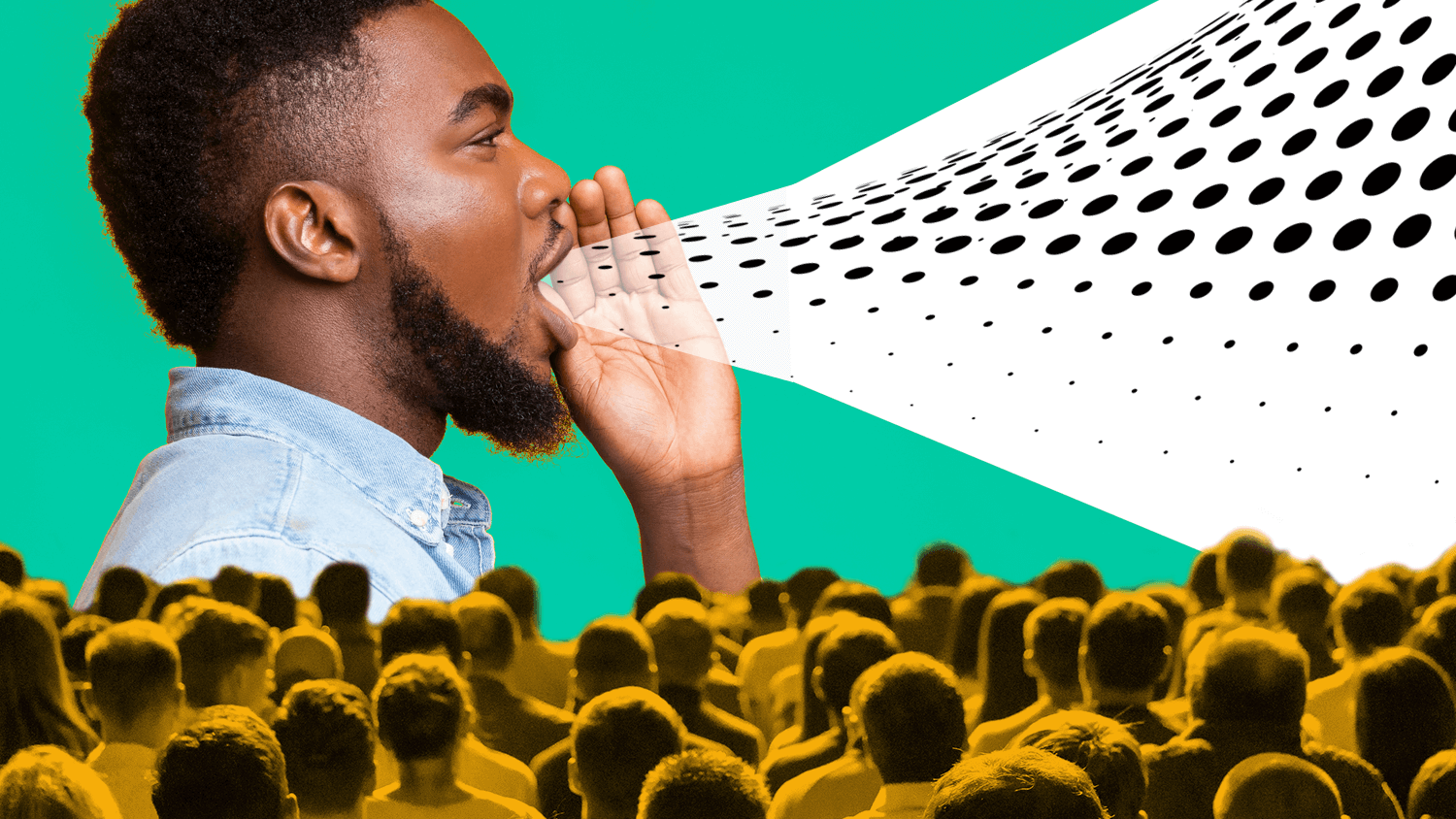
St. Petersburg, Fla.
Power of Diverse Voices: Writing Workshop for Journalists of Color (November 2023)
November 15, 2023– November 18, 2023Tom Huang
$0.00 -
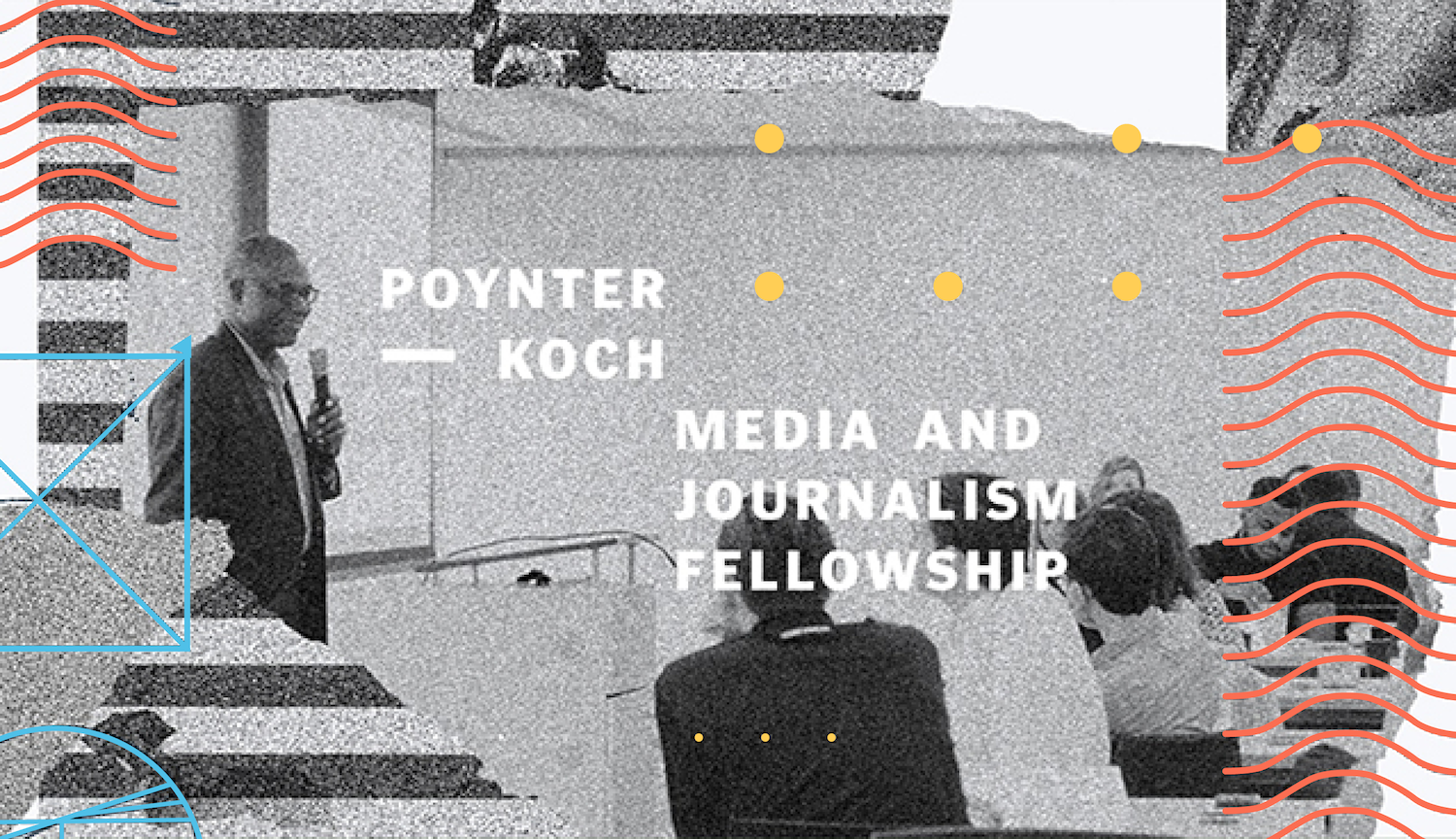
Online, Philadelphia, St. Petersburg, Fla., Washington, D.C.
Poynter-Koch Media and Journalism Fellowship 2023-24
August 2, 2023– May 17, 2024Kristen Hare
$0.00 -

St. Petersburg, Fla.
Leadership Academy for Diversity in Media (October 2023)
October 1, 2023– October 6, 2023Kathy Lu
Carla Broyles
$500.00 -
Sale!

Online, St. Petersburg, Fla.
Covering Jails and Police Reform (January 2022)
January 20, 2022– January 21, 2022Al Tompkins
Lawrence Bartley
Original price was: $50.00.$0.00Current price is: $0.00.
Location:

Thank you to the John S. and James L. Knight Foundation for their support of Poynter’s online learning platform since its founding in 2005. The nonprofit Poynter Institute is a leading instructor of journalists and journalism around the world. We appreciate the Knight Foundation’s commitment to our mission and their investment in the technology that powers Poynter’s online journalism education platform. If you’d like to support this work, visit poynter.org/support.